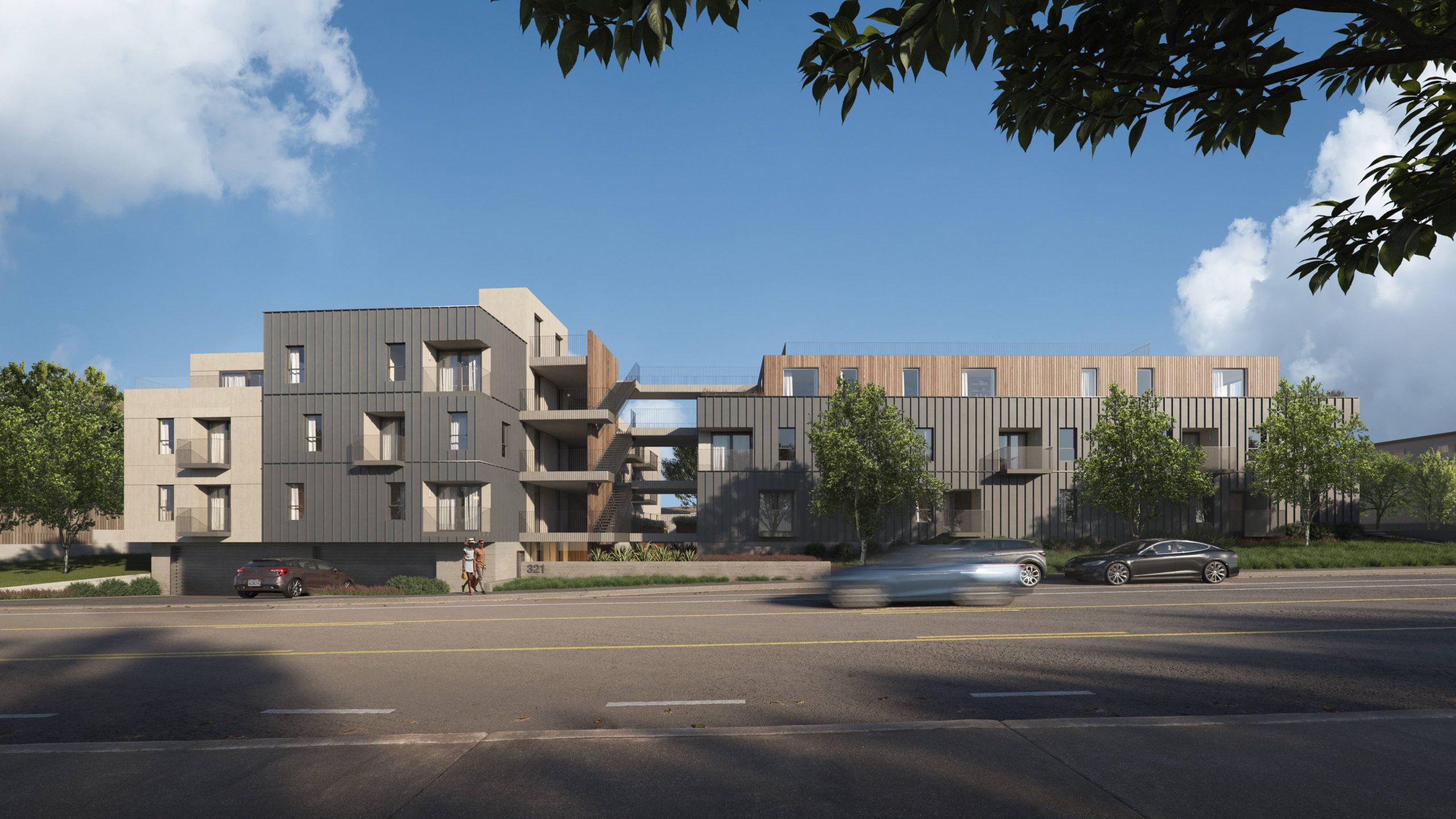What’s the difference between TOC and Density Bonus?
The Los Angeles Transit Oriented Communities Affordable Housing Incentive Program (TOC Program) and the California Density Bonus Law are two policies designed to increase the production of affordable housing in California. Both policies incentivize developers to build affordable housing units by allowing them to exceed local zoning regulations for density and height.
The TOC Program is a local policy that is specific to the City of Los Angeles. It provides incentives to developers who build affordable housing near transit hubs, with the goal of increasing access to public transportation and reducing reliance on cars. The program offers a density bonus that allows developers to build taller and denser buildings than would otherwise be permitted by zoning regulations. In exchange, developers are required to provide a certain percentage of affordable housing units, typically ranging from 8% to 35% depending on the location of the development.
The California Density Bonus Law is a statewide policy that applies to all local jurisdictions in California. It allows developers to exceed local zoning regulations for density and height if they include a certain percentage of affordable housing units in their projects. The law sets a minimum requirement for the percentage of affordable units that must be provided, typically ranging from 10% to 20% depending on the size of the development. However, local jurisdictions may offer additional incentives to developers who exceed those minimum requirements, such as a higher density bonus or streamlined permitting processes.
While both policies incentivize the development of affordable housing, the Los Angeles TOC Program is more narrowly focused on transit-oriented development, while the California Density Bonus Law applies more broadly across the state. Additionally, the specific incentives offered under each program may differ, as they are established by local or state regulations, respectively. However, both policies aim to increase the supply of affordable housing in California, which is a crucial issue in a state where housing costs are among the highest in the country.





